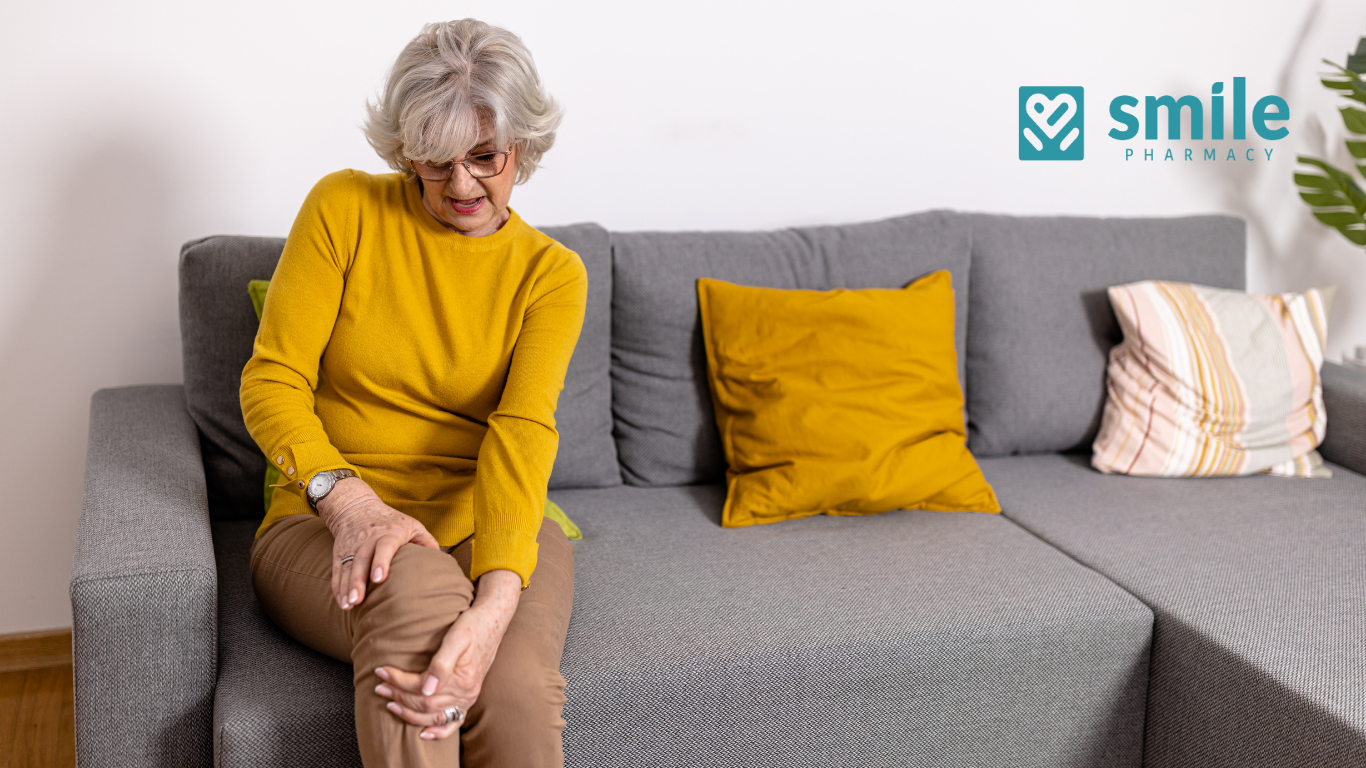Chronic pain can often feel like a heavy cloak that blankets the elderly, hindering their daily joys and activities. Managing chronic pain in the elderly becomes not just a medical endeavor but a heartfelt journey towards restoring dignity, comfort, and quality of life.

Understanding Chronic Pain in the Elderly
Chronic pain in elderly individuals is not merely a symptom of aging; it’s a complex condition that requires comprehensive understanding and management. Research suggests that over 50% of older adults experience chronic pain, dramatically affecting their overall well-being.
What is Chronic Pain?
Chronic pain is defined as pain that lasts for more than three months. Unlike acute pain, which is a direct response to injury or illness, chronic pain persists long after the initial cause has resolved. Understanding this distinction is crucial in addressing the needs of older adults.
Depression and Anxiety
It’s important to note the psychological aspects of chronic pain—many older adults simultaneously battle depression and anxiety, exacerbating their physical discomfort. This vicious cycle often leads to a diminished quality of life, making effective pain management essential.
The Most Common Causes of Chronic Pain in Older Adults
Identifying the root causes of chronic pain in older adults lays the groundwork for tailored management strategies. Here are some of the most prevalent issues:
- Arthritis: The most common cause of chronic pain in older adults, affecting joints and leading to inflammation and stiffness.
- Lower Back Pain: Often caused by degenerative changes in the spine, this issue affects mobility and daily activities.
- Neuropathy: Nerve damage due to conditions like diabetes can create intense discomfort and numbness.
- Fibromyalgia: A disorder characterized by widespread musculoskeletal pain, fatigue, and tenderness in localized areas.
Impact of Chronic Pain on Quality of Life
The toll of chronic pain on the elderly is profound. It doesn’t just diminish their physical health; it affects their emotional and social well-being, leading to:
- Social Isolation: Pain can limit social interactions and activities, causing feelings of loneliness.
- Sleep Disturbances: Chronic pain often interferes with sleep, leading to fatigue and reduced cognitive function.
- Emotional Distress: Anxiety and depression can emerge as coping mechanisms falter, creating a downward spiral.
How to Manage Pain in the Elderly: Comprehensive Strategies
Effectively managing chronic pain in the elderly involves a multifaceted approach. Below are comprehensive strategies that combine medical, psychological, and lifestyle modifications:
1. Comprehensive Pain Assessment
Before initiating a management plan, healthcare providers must conduct thorough evaluations to understand the type and source of pain. This might include:
- Detailed medical history
- Physical examinations
- Diagnostic imaging (X-rays, MRIs)
2. Individualized Pain Management Plans
Each elderly patient deserves a unique pain management plan that considers their specific health situation. This might include a mix of treatments:
- Medications (both pharmacological and non-pharmacological)
- Physical therapy to improve mobility and strength
- Pain management workshops for education and skill-building
Medical Treatments for Chronic Pain Management
Medical treatments can play a significant role in alleviating chronic pain. Here are some common medical approaches:
Pharmacological Options
| Medication Type | Common Uses | Considerations |
|---|---|---|
| NSAIDs | General pain relief | Risk of gastrointestinal issues |
| Opioids | Severe pain management | Potential for addiction |
| Topical Agents | Localized pain relief | Less systemic side effects |
It’s crucial to work closely with healthcare providers to monitor responses to medications and adjust as necessary.
Non-Pharmacological Approaches to Pain Relief
In addition to medications, several non-pharmacological approaches can significantly enhance pain management:
- Physical Therapy: Tailored exercises can strengthen muscles and alleviate pain.
- Acupuncture: An ancient practice that can help reduce pain levels and improve overall well-being.
- Cognitive Behavioral Therapy (CBT): A psychological approach that teaches coping strategies and resilience.
The Role of Healthcare Providers in Pain Management
Healthcare providers are at the frontline of managing chronic pain in the elderly. They play an essential role in:
- Educating patients and families about pain management options
- Coordinating multidisciplinary care involving physiotherapists, psychologists, and pharmacists
- Monitoring the effectiveness of treatment and making necessary adjustments
For instance, Smile Pharmacy NJ offers personalized services that help integrate various treatments into a cohesive management plan.
Community Resources: Smile Pharmacy NJ and Beyond
Community resources can significantly augment the management of chronic pain. Utilizing local support services can provide additional avenues for relief and community connection:
- Support Groups: Facilitated group sessions can help elders share their experiences and coping mechanisms.
- Home Health Services: Professionals can offer personalized care in the comfort of home.
- Pharmacy Services: Local pharmacies with specialized services, like Smile Pharmacy NJ, can create tailored plans for medication management.
Conclusion: Taking Back Control from Chronic Pain
Managing chronic pain in the elderly is indeed a multifaceted challenge, yet it is one that can be approached with compassion, innovation, and strategic planning. By understanding the complexities of pain and employing a blend of medical and non-medical strategies, it is possible to enhance the quality of life for older adults suffering from chronic pain.
As caregivers, healthcare providers, and family members, your role is vital in this journey. Don’t hesitate to explore all available resources and reach out to local services like Smile Pharmacy NJ for guidance. Together, we can help our elderly loved ones take back control from chronic pain and reclaim the joy in their lives.